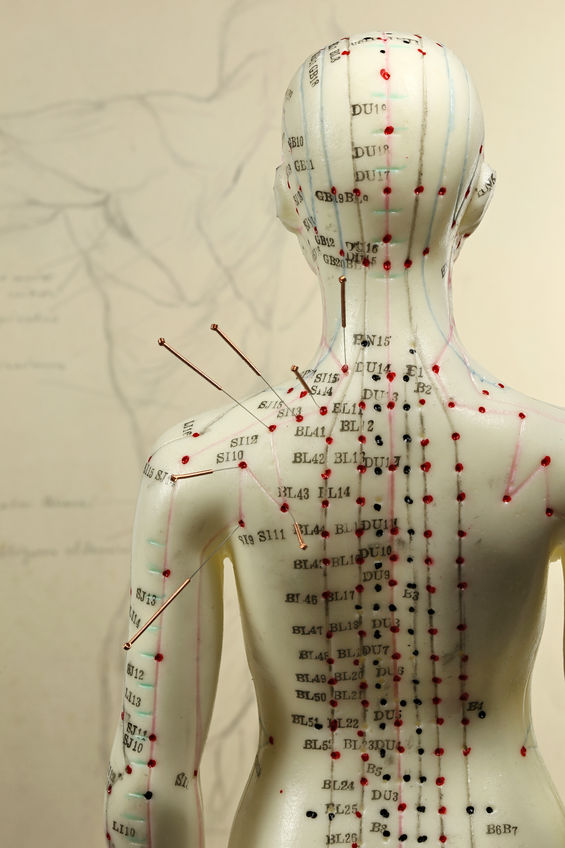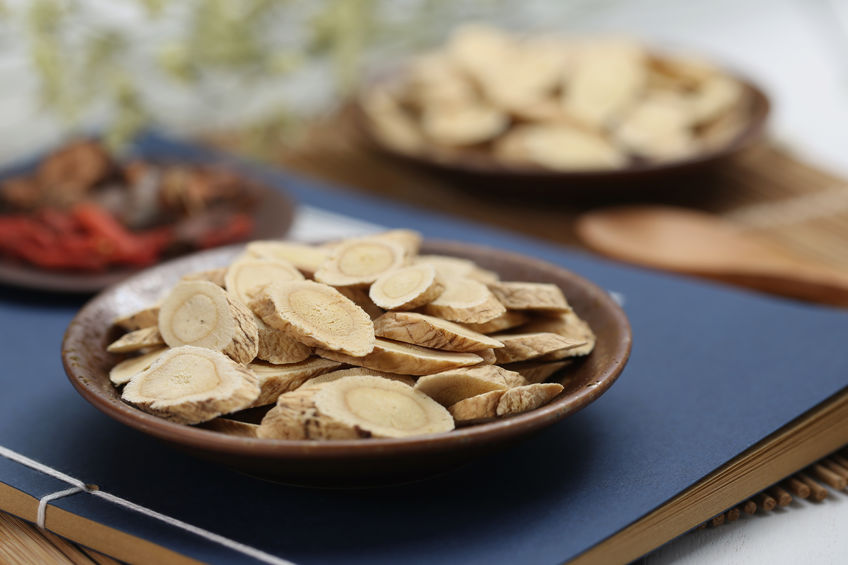Medicine
“Chinese Medicine is what happens when therapeutics, internal practice and spiritual cultivation merge”
Chinese medicine is a therapeutic system developed from the ancient knowledge of the subtle body and its actions. It is based upon the idea that, in order to regulate health, a practitioner should focus upon harmonising the patients Qi and Blood. Though there are many other facets that make up the human system; it is these two components that form the primary focus during diagnosis and treatment.
Qi & Blood
As with almost all Chinese artforms, mastery comes down to understanding the nature of Yin, Yang and their applications/manifestations. Within the context of the human mind/body system and its level of well-being, these two are primarily manifest in the health of the Qi and the Blood. If there is disharmony within the interactions or qualities of these two then sickness arises. These disharmonies may be due to their level of potency, their thermal qualities or their level of movement amongst other things.
Essentially, when Qi and Blood are in balance then they are neither Deficient or Excessive in relation to one another. Like a set of scales, we must bring them to equilibrium in order to enable the body to enter into the healing process. Qi and Blood move and flow together as one, so treatment of one inevitably impacts upon the other. They may be deficient and excess in relation to each other or as a whole.
The key focus of our treatments would be to alleviate two key qualities – blockages and deficiency. Even if there are excess qualities and pathogens within the body, it is the underlying deficiencies and stagnations which we aim to clear.
Where there is stagnation, Qi and Blood will not flow, a back-log of unhealthy Qi and Blood will build, inflammation will result and this will lead to the development of pathogenic heat.
TCM & Classical Methods
There are many forms of Chinese medicine being practiced around the world, with the most popular system being TCM or ‘Traditional Chinese Medicine’. Though the name suggests that it is very old, it was actually developed in the 1970’s in an effort to revive the classical healing methods of China which had been all but eradicated during Mao Zedong’s ‘cultural revolution’. It is a very sensible system of practice that standardised and collated the various medical systems of China into one method of practice but fell foul of a half-baked effort to be brought in line with Western medical standards and theories. Though classical patterns of disharmony were kept, certain aspects of treatment and diagnosis were related to less important or else dropped altogether. It is an excellent start point for people beginning their journey into Chinese medicine as it enables a good overview of the system but it is worthwhile then taking study further by exploring some of the older methods of treatment as well.
Within Lotus Nei Gong, and its partnered school – Xian Tian College of Chinese Medicine, we practice a combined system of TCM and older methods of medicine that are based in classical Daoist and Buddhist methods. There are various differences in the way in which we work, but arguably the biggest difference is the emphasis that is placed upon the cultivation and skill development of the practitioner themselves. Chinese medicine is based upon harmonising, primarily, the Qi and Blood of a patient and one of the main tools we use to achieve this is the energetic development of the practitioner.
Treatment Process
There are many ways in which disease may manifest, these may be physical ailments, psychological sickness or spiritually orientated. Whatever the manifestation, it will have its roots in the Qi and Blood, Yin and Yang of the body and so this is why, in Chinese medicine, we focus upon developing an intimate understanding of these facets of human life. When we then treat these conditions, we work with the key organs, various components of human mind and a series of pathways and channels that run along the body’s length. Treatment uses a combination of Acupuncture, Herbal Formulae, Bodywork, Cupping and Qi Emission.
The diagnostic process is based upon observing the nature of the patient, looking at their tongue, enquiring into their condition and then the rapidly dying classical skills of pulse dianosis and palpation of the subtle body using the practitioners Qi. The diagnosis process is key and the internal skill of the therapist of paramount importance.
The video on the right is of Damo explaining the basis of Chinese medicine and its applications.
The Chinese Medicine we teach is through Lotus Nei Gong’s partner branch of the Xian Tian College of Chinese Medicine.
If you would like more information on our Chinese medcical tuition then please visit our mian site at: www.xiantiancollege.com
We teach a full syllabus of Acupuncture, Herbal Remedies and Tui Na Bodywork as well as several forms of Energetic Healing.
Practitioner Development
Though effective Chinese medicine practice is based upon development of a sound theoretical basis, this is only a small part of the picture. The effectiveness of Chinese medical treatment is clearly based upon the internal development of the practitioner. There is both an innate and an active energetic transference taking place within any Chinese medical interaction.
An innate energetic transference takes place as the physical and psychological well-being of the therapist serves as a kind of tuning fork which guides the patient backl to a place of harmony. For this reason, it is of great importance that the therapist enages in a strong self-cultivation practice. An unhealthy Chinese medical practitioner will essentially run the risk of draining their patient rather than building them up.
The active energetic transferenece takes place through Qi emission which may take place off of the body through the use of Nei, Yin or Yang Qi, through contact or when Qi is sent through the length of the needles. It is through this skills that we nourish deficiencies. Due to the level of skill involved in this kind of treatment, practitioners must study some form of Nei Gong and build their bodys Dan Tian to the point whereby it can build, store and issue Qi.
A System of Service
Chinese medicine was born from the spiritual traditions of the East for two reasons: Firstly, the understanding of the subtle body came from the inner-vision of the spiritual practitioners and secondly, because it was recognised that providing medicine was a form of service to the populace.
Though the root of human suffering is within the mind and only a persons self-practice can ever truly cut this root, theire are lower manifestations of this suffering and this is what we know as sickness. Though, in an ideal world, everybody would practice meditation and Qi Gong, this is often not the case and so the Chinese medical practitioner practices kindness by assisting their patients in the alleviation of disease. In this way, we are assisting them with initiating the inner-healing process that they are struggling to acess for themselves.
One of the most important factors for ‘worldly people’ was ensuring that their profession and their spiritual practice were in alignment with one another. It was for this reason that medicine became so closely linked to the work-life of internal arts practitioners. An unethical job, that led to suffering, was seen as detrimental on the path and medicine was the perfect answer to this concern.



